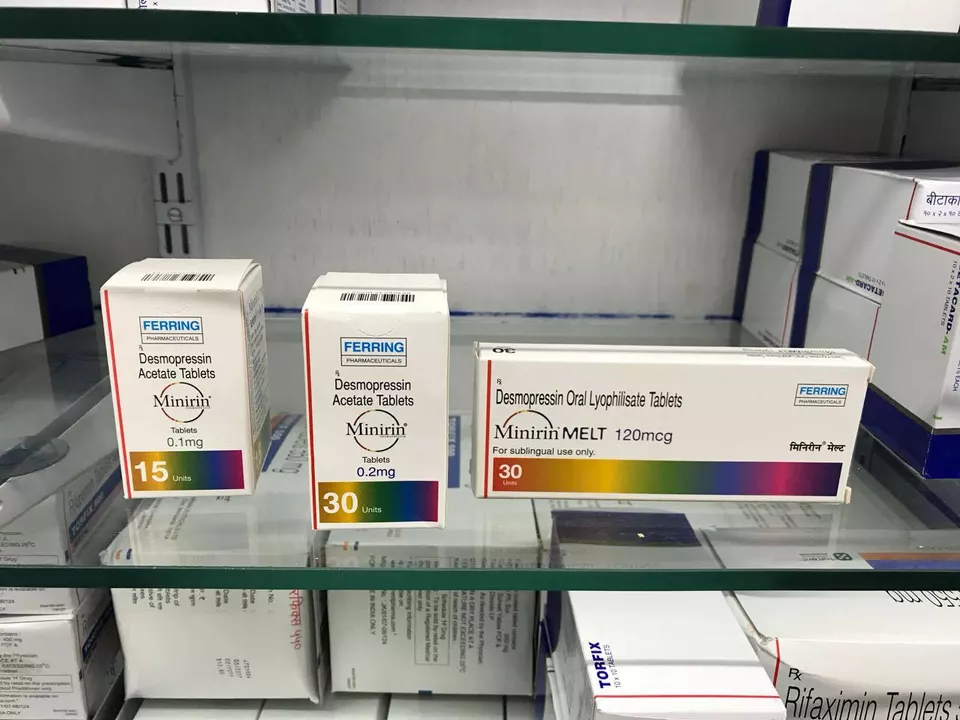Polydipsia Treatment: Simple Steps to Tame Excessive Thirst
If you keep reaching for water all day, you might be dealing with polydipsia. It’s not just a habit—persistent thirst can signal an underlying health issue. The good news is that most causes have clear fixes, and you don’t need to live glued to the kitchen sink.
Find the Root Cause
The first move is figuring out why your body is shouting for fluids. Diabetes mellitus tops the list; high blood sugar pulls water out of cells, leaving you parched. Diabetes insipidus, either central (brain‑related) or nephrogenic (kidney‑related), also drives massive urine output and thirst. Sometimes medications like diuretics or antipsychotics do the same trick.
Even something as simple as dehydration from hot weather or intense exercise can masquerade as polydipsia. If you’ve ruled out obvious reasons, a doctor will likely run blood sugar tests, check electrolyte levels, and maybe order a water‑deprivation test to see how your kidneys respond.
Treatment Options That Work
Once the cause is clear, treatment follows a straightforward path. For diabetes mellitus, controlling blood glucose with diet, exercise, and prescribed meds (like metformin or insulin) usually drops thirst dramatically within weeks.
If you have central diabetes insipidus, doctors prescribe desmopressin, a synthetic hormone that tells the kidneys to hold onto water. Nephrogenic DI is trickier; low‑salt diets, thiazide diuretics, and sometimes NSAIDs help your kidneys reabsorb more fluid.
When medication side effects are the culprit, talk to your prescriber about alternatives or dosage adjustments. Reducing caffeine and alcohol also cuts down urine loss, easing thirst.
Behavioral approaches matter too. Keeping a water‑intake journal can reveal patterns—maybe you’re sipping out of habit rather than need. Gradually cutting back on unnecessary sips trains your body to signal thirst more accurately.
Stay hydrated, but don’t overdo it. Drinking 1–2 liters of plain water spread through the day is usually enough. If you notice swelling, shortness of breath, or sudden weight gain, stop and call a doctor—these can be signs of water overload.
Regular check‑ups are key. Even after symptoms improve, periodic blood work ensures your levels stay in balance. Most people see a big drop in thirst within a month once the right treatment plan is in place.
Bottom line: excessive thirst isn’t something you just live with. Identify the cause, follow targeted treatments, and make small lifestyle tweaks. With the right steps, you’ll get back to drinking water only when you truly need it.
Desmopressin for the Treatment of Polydipsia: A Comprehensive Guide
In my latest blog post, I explore the use of Desmopressin for the treatment of polydipsia, a condition characterized by excessive thirst and fluid intake. I discuss the causes of polydipsia, and how Desmopressin, a synthetic hormone, can help regulate the body's water balance. I also delve into the possible side effects and precautions to consider when taking this medication. Additionally, I share some tips on managing polydipsia and maintaining a healthy lifestyle. Overall, this comprehensive guide provides valuable insights into the use of Desmopressin as a treatment option for those struggling with polydipsia.
read more

